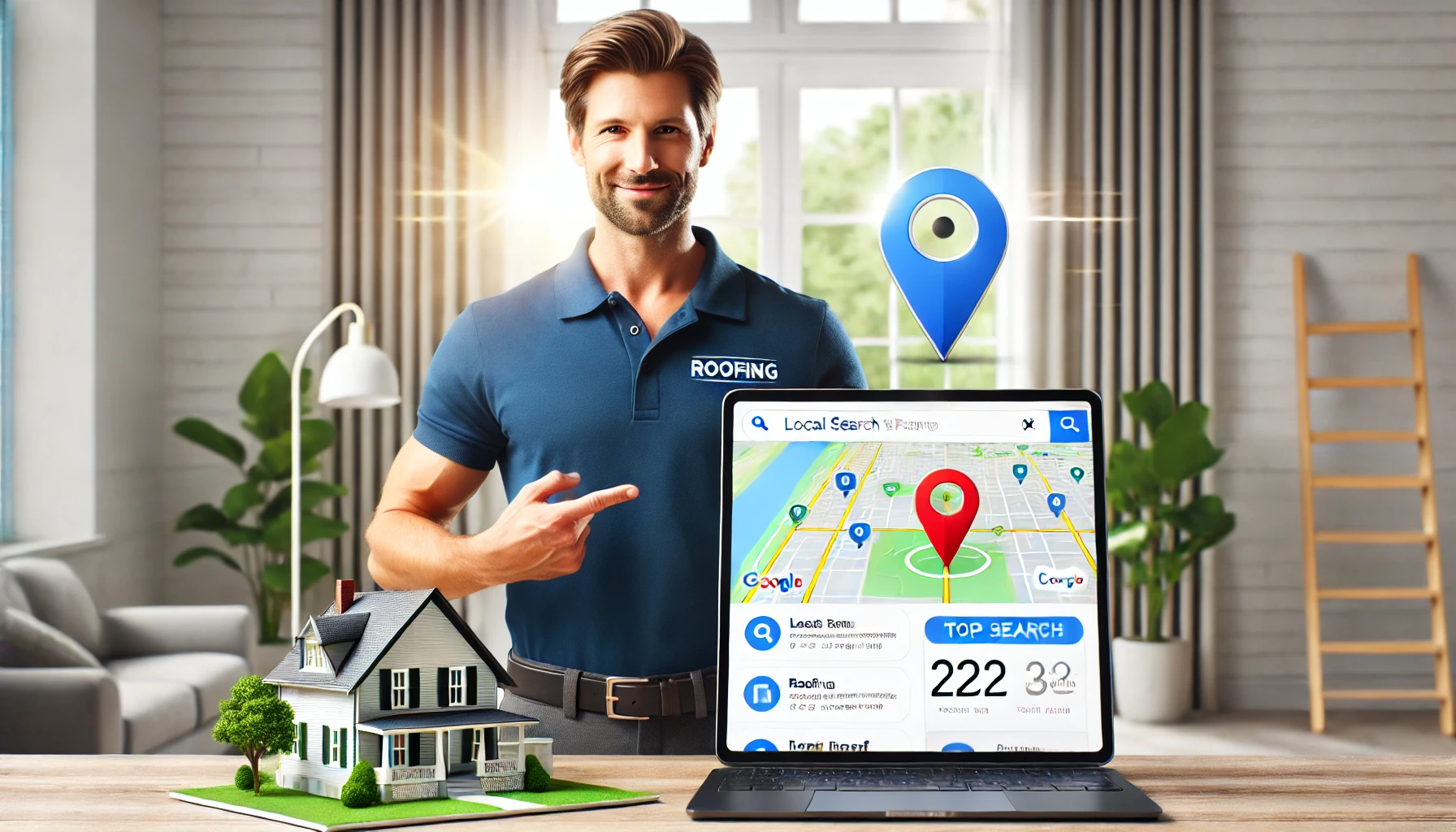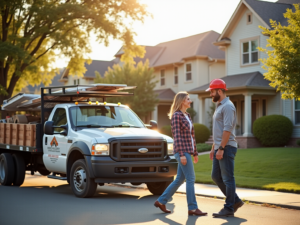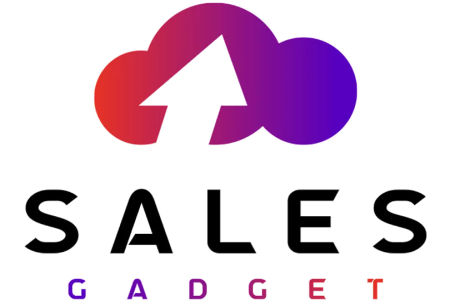With the majority of homeowners turning to Google when they need roofing services, local search is your biggest opportunity to stand out. In this guide, we’ll cover the key steps to help your roofing business appear in top search results—whether you’re focusing on insurance/storm damage repairs, retail/cash payments, or both. By the end, you’ll have a roadmap for boosting visibility, attracting new clients, and gaining a competitive edge in your local market.
1. Why Local SEO Matters for Roofers
1.1 Higher-Intent Leads
When homeowners suspect roof damage—whether from a storm, aging materials, or a sudden leak—they typically search for “roof repair near me” or “roofers in [City Name].” Ranking high for these local searches puts your business in front of people who are actively seeking your services.
1.2 Competitive Advantage
Even if you serve multiple states, each local market can be highly competitive. By optimizing your presence in each region you cover, you’ll outshine competitors who haven’t taken the time to cultivate a strong local digital footprint.
1.3 Cost-Effective Marketing
Compared to broad online advertising, local SEO is highly targeted and often more budget-friendly over the long run. It focuses on homeowners most likely to convert to paying clients.
2. Optimize Your Google Business Profile
2.1 Claim and Verify
- Google Business Profile (GBP) is crucial for local rankings.
- If you operate in multiple areas, create separate listings for each physical location (where possible).
- Verify each listing to access key features like reviews, posts, and business insights.
2.2 Complete All Information
- NAP Consistency: Ensure your Name, Address, and Phone number are correct and match the details on your website.
- Categories: Use relevant primary and secondary categories—e.g., “Roofing Contractor,” “Storm Damage Repair Service.”
- Business Hours: Keep them accurate. If you offer 24/7 emergency services, highlight it here.
2.3 Add Photos and Updates
- Before-and-After Projects: Show off successful storm damage repairs, new installations, or re-roofing jobs.
- Posts and Offers: Publish updates about discounts, new service areas, or seasonal reminders (e.g., “Roof Inspections Before Hurricane Season”).
3. On-Page Optimization for Local Searches
3.1 Localized Keyword Usage
- Title Tags and Meta Descriptions: Include your city or region (e.g., “Expert Roof Repair in Dallas – Storm Damage Specialists”).
- Heading Tags: Use H1 and H2 headings to call out specific services and areas (e.g., “Storm Damage Roof Repair in Atlanta”).
- Naturally Insert Keywords: Mention the city or region throughout your content but avoid keyword stuffing.
3.2 Location-Specific Pages
- If you serve multiple states or cities, create dedicated landing pages for each location.
- Tailor each page to highlight local projects, service specifics, and unique roofing challenges relevant to the area’s climate (e.g., frequent hail storms or hurricanes).
3.3 Schema Markup
- Add Local Business Schema to help search engines identify key information such as your business name, address, phone, and opening hours.
- Use Review Schema to display star ratings and review counts in search results, boosting click-through rates.
4. Build and Maintain Local Citations
4.1 Consistent Listings
- NAP Consistency is vital across all directories. Small discrepancies can confuse Google and lower your ranking potential.
- Popular platforms: Yelp, Angie’s List, BBB, and other industry-related sites.
4.2 Niche Directories
- Roofing-specific directories or associations can help build niche authority.
- If you specialize in storm damage repair, look for associations in disaster restoration or insurance claims.
4.3 Monitoring and Updating
- Regularly audit listings to ensure info is up-to-date. Add new service areas, certifications, or achievements as your business evolves.
5. Leverage Reviews and Reputation Management
5.1 Encourage Happy Customers to Review
- Time Your Ask: Right after a successful job or when a customer expresses gratitude for your service.
- Direct Links: Make it easy by sending a direct link to your Google Business Profile review form or other platforms (Yelp, Facebook).
5.2 Respond to All Reviews
- Positive Reviews: Thank the customer and personalize your reply to show genuine appreciation.
- Negative Reviews: Stay calm, address concerns politely, and offer to resolve issues offline. Demonstrating professionalism can still foster trust.
5.3 Showcase Your Credibility
- Post top reviews on your website, social media, or local flyers. Proof of quality can sway potential clients who are on the fence.
6. Content Marketing for Local Authority
6.1 Topic Ideas
- Seasonal Roof Maintenance: “Preparing Your Roof for Hurricane Season in Florida.”
- Storm Damage 101: “How to Inspect Your Roof After a Hailstorm.”
- Insurance Claims: “Step-by-Step Guide to Filing a Roof Insurance Claim in Texas.”
6.2 Optimize for E-E-A-T
- Experience: Share real case studies or on-the-job insights.
- Expertise: Cite local building codes or partner with industry experts to lend credibility.
- Authoritativeness: Show certifications from manufacturers (e.g., GAF, Owens Corning) and mention any awards.
- Trustworthiness: Be transparent about pricing, timelines, and processes.
6.3 Multimedia Approach
- Video Tutorials: Quick roof inspection tips or demonstrations on applying temporary patches.
- Infographics: Visual charts illustrating common roof problems by season or region.
7. Technical SEO and Site Performance
7.1 Mobile-Friendly Design
- Many homeowners will search for roofing services on their smartphones, especially in emergency situations. A responsive website with quick load times is crucial.
7.2 Fast Loading Speed
- Compress images, enable browser caching, and use a content delivery network (CDN) if possible.
- Slow websites can drive potential customers—and Google’s crawlers—away.
7.3 Secure Your Site (HTTPS)
- Google prioritizes secure websites. An SSL certificate isn’t just for e-commerce; it’s a trust signal for any business site.
8. Tracking and Measuring Success
8.1 Google Analytics and GA4
- Track organic traffic, bounce rate, and conversion paths.
- Monitor which location-specific pages drive the most leads or calls.
8.2 Google Search Console
- Keyword Insights: Discover which queries bring traffic to your site.
- Index Coverage: Ensure all key pages are properly indexed and free of errors.
8.3 Rank Tracking Tools
- Use platforms like BrightLocal, SEMrush, or Ahrefs to see how your roofing business ranks for targeted local keywords.
- Keep an eye on competitor movements and shifts in search rankings.
9. Final Thoughts and Next Steps
Local SEO remains one of the most cost-effective, long-term marketing strategies for roofing companies—especially those catering to storm damage and insurance claims in multiple regions. By combining:
- A well-optimized Google Business Profile
- Thorough on-page optimization with location-specific content
- Consistent listings and accurate citations
- A steady flow of positive reviews
- Strong technical SEO fundamentals
…you’ll significantly enhance your local visibility and win over homeowners in need of professional roofing services.
Remember: local SEO is a continuous process. Regularly update your online presence with new photos, blog posts, and positive reviews to maintain a fresh and engaging brand image.
Ready to Elevate Your Local Ranking?
If you’re looking for personalized advice or a more in-depth strategy to dominate local search in each of your service areas, feel free to get in touch or leave a comment below. Our team specializes in helping roofing companies connect with homeowners—no matter the location or time of year. Let’s work together to make your roofing services the first choice in every local market you serve!





